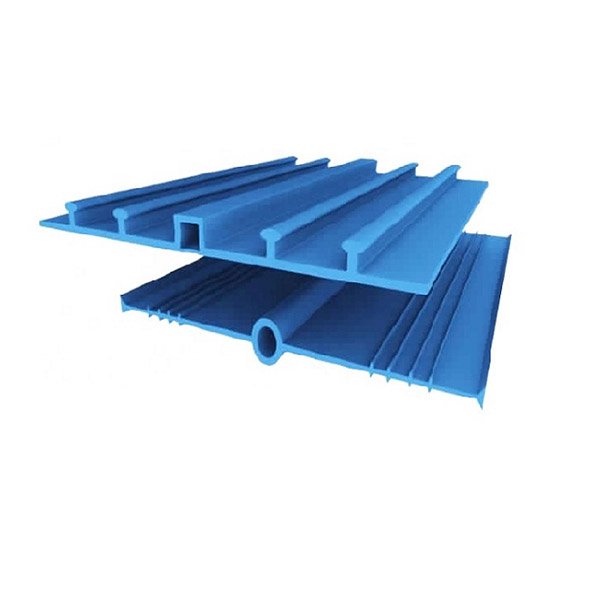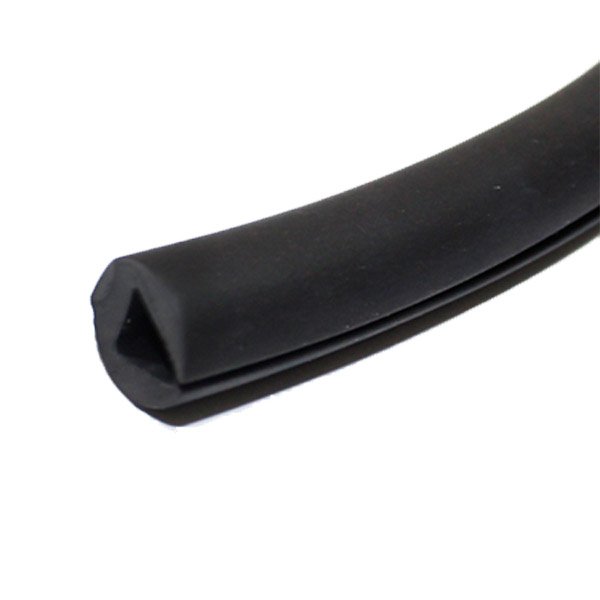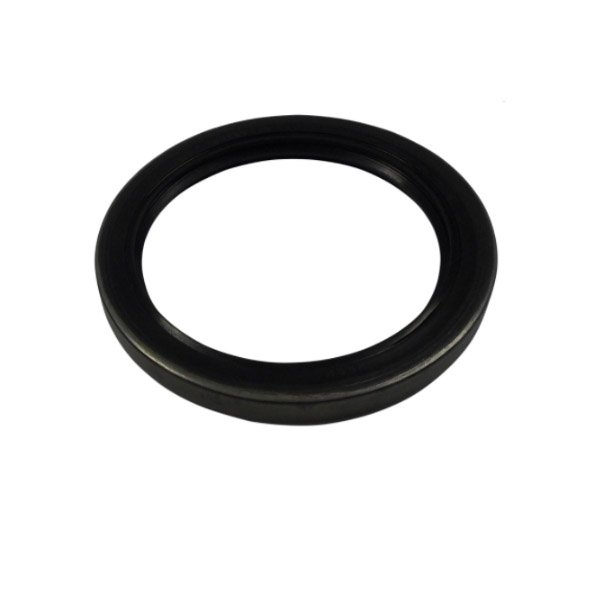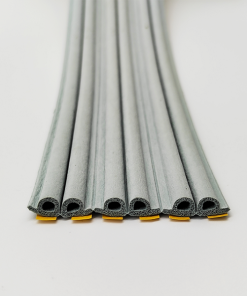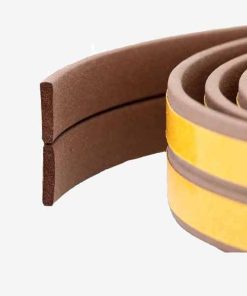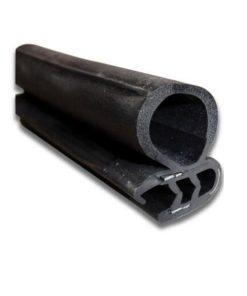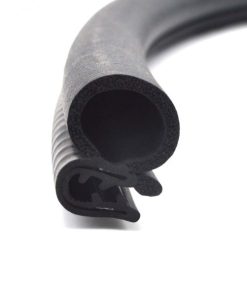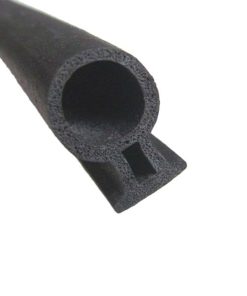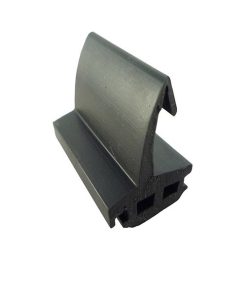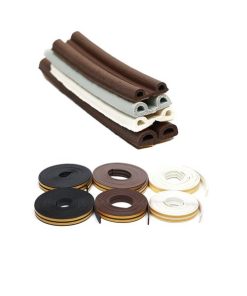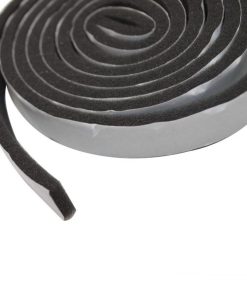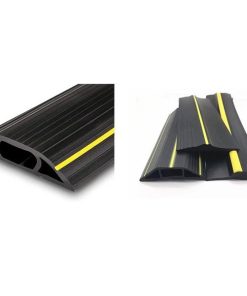PVC Waterstop specifications
Common specification of PVC plastic waterstop:
- 300 mm × 6 mm
- 300 mm × 8 mm
- 300 mm × 10 mm
- 320 mm × 6 mm
- 320 mm × 8 mm
- 320 mm × 10 mm
- 350 mm × 6 mm
- 350 mm × 8 mm
- 350 mm × 10 mm
- 400 mm × 6mm
- 400 mm × 8 mm
- 400 mm × 10mm
Width of rubber waterstop: 250mm, 300mm, 320mm, 350mm, 400mm, 450mm
Thickness: 6mm, 8mm, 10mm, 12mm
Performance index of plastic waterstop:
hardness (Shore A) ≥ 65;
Tensile strength, ≥ 12MPA;
Elongation at break, 300% tear strength; KN/m ≥25;
Brittleness temperature, ℃ ≤ – 30;
PVC plastic waterstop is a waterstop material made of PVC polyvinyl chloride resin and various fillers through mixing, granulation, extrusion and other processes. It is also called “plastic waterstop”. This product uses the elastic deformation characteristics of elastomer materials to prevent leakage and seepage in the construction joints, and has the characteristics of corrosion resistance and durability. It takes full advantage of the elastic deformation characteristics of PVC resin to play the role of leakage prevention and seepage prevention in the construction joints, and has the characteristics of corrosion resistance and good durability.
Applications of plastic waterstop
The plastic waterstop is mainly used in the foundation engineering which is set in the construction joint and deformation joint and is integrated with the concrete during concrete pouring. Such as tunnels, culverts, diversion aqueducts, water retaining dams, liquid storage structures, underground facilities, etc.
Construction method
The construction method of plastic waterstop is the same as that of rubber waterstop. During pouring and burying, the interface between the concrete and the concrete shall be flat, and the joints shall be firmly bonded. During pouring and burying, the concrete shall be fully vibrated with appropriate force to make it well combined with the concrete, so as to obtain the best water stop effect.
Precautions for construction of PVC plastic waterstop A During construction, users should pay attention to avoid mechanical damage to the plastic waterstop because there are many sharp stones and steel bars in the concrete. B. When positioning the plastic waterstop, the interface between the waterstop and the concrete shall be flat, and the waterstop shall not be overturned or twisted, otherwise, it shall be adjusted in time. C. When casting and fixing the plastic waterstop, it is necessary to prevent the waterstop from shifting and affecting the waterstop effect. D. The joint of waterstop can be bonded and hot welded to ensure the joint is firm. E. During concrete pouring, pay attention to full vibration, so as to achieve full combination of waterstop and concrete.

